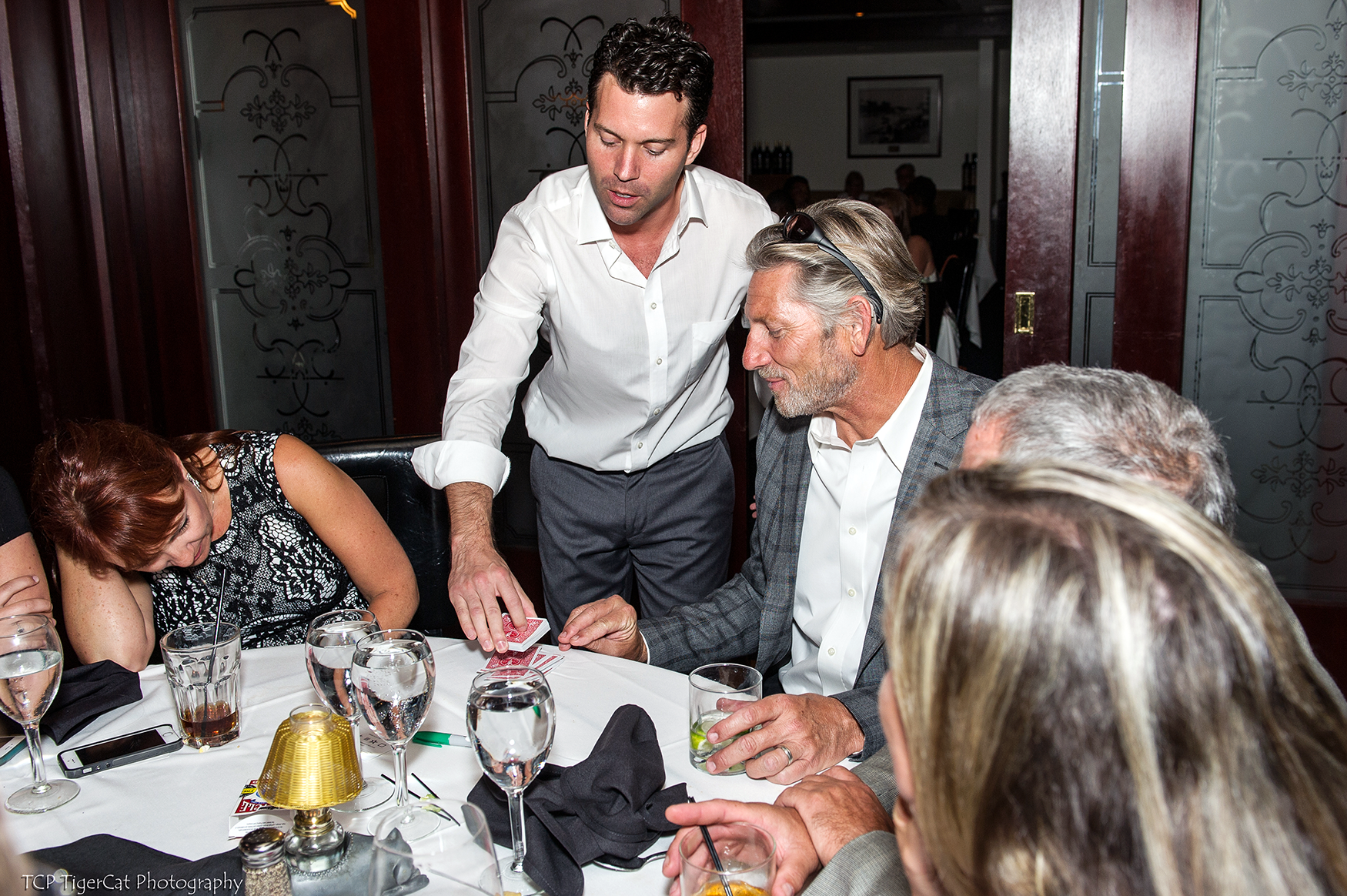In theatrical illusion, misdirection is a method of deceit where the performer attracts attention of the audience to a certain object to divert attention from something else. The ability to control attention from the audience is the main goal of any theatre, and is the primary prerequisite for all magic shows. Whether the magic is of a “pocket trick” variety or a large stage productionthat relies on misdirection, it is the primary element. The term is used to describe either the effect (the observer’s focus on the unimportant object) or the sleight-of-hand or patter (the magician’s voice) that causes the illusion.
It is difficult to say who coined the phrase, however an early mention of misdirection is found in the writing of an influential author and performer, Nevil Maskelyne. it is a method of distracting the viewer’s senses to hide from detection certain details in which confidentiality is essential. At the same time, the magicianand artist Tarbell noted, Nearly the whole art of illusion relies on the art of misdirection.
Magicians who have researched and evolved techniques of misdirection includes Paul Rosini, Malini, Derren Brown, Tommy Wonder, Tamariz, Tony Slydini and Dai Vernon.
Henry Hay describes the central conjuring process as a manipulating interest.
Magicians divert attention of the audience by using two fundamental ways. One leads the audience to glance away for a brief moment, so that they don’t detect some trick or movement. The other method alters the viewers’ perceptions, leading the audience into believing that an extraneous factor can be a factor in the accomplishment of the feat when it really does not have any bearing on the effect at all. Fitzkee explains that the real talent of the magician is in the talent of his performance in changing the spectators mind. Additionally, sometimes a prop like a magic wand aids in misdirection.

Except with the skill in it, even the most proficient sleight-of-hand or mechanical device will fail to make an impression of genuine magic. Without question, misdirection is the core of most great illusions.
Misdirection exploits the limitations of human brains to present a false image and memory. The brain of a typical person in the audience can only concentrate on only one thing at a given time. The magician uses this to influence the viewers’ thoughts or perceptions of sensory input, leading them to false conclusion.
A few magicians have debated the meaning of the term, misdirection, creating a great deal of discussion about the meaning of it and how it works. Proficient magician Jon Finch drew a distinction between misdirection and direction. The first is a negative phrase, while the other is a positive. In the end, he considers the two as the same thing. If a performer some means, has directed the mind of the audience to the conclusion that he did something which he has not accomplished, he has incorrectly led them to believe thiswhich is why he has misdirected them.
Tommy Wonder has pointed out that it’s more effective, from a magician’s viewpointin focusing on the purpose of directing attention to the audience. He states that misdirection is the wrong direction. It implies that attention is directed away towards something. When we keep using this term, it eventually becomes so ingrained in our minds that we begin to perceive misdirection as directing the attention away from instead of towards something.

Slydini said that if the magician believe that, the public will believe in it, and magicians are something that they cannot observe. Misdirection is true when they believe what the magician does and then follow the magician. more info on misdirection